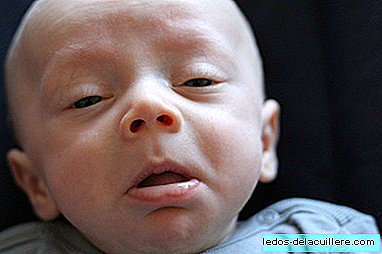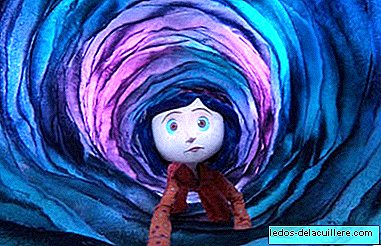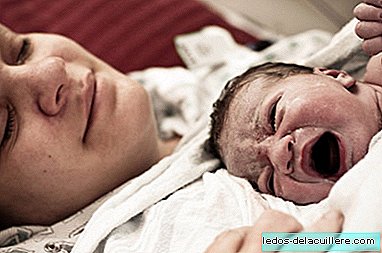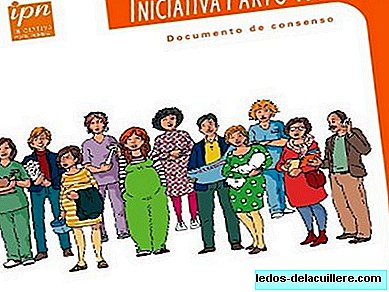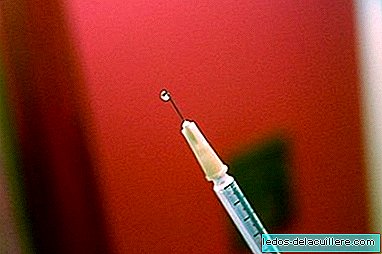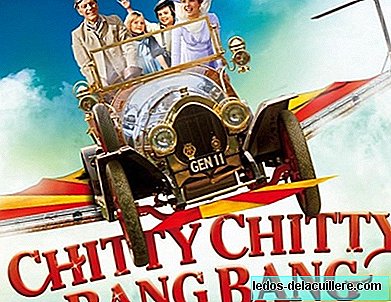
One of the consequences of the delay in maternity age is the considerable increase in the number of treatments with egg donation, which is not surprising if we consider that only in Spain more than 800,000 couples are infertile and the number of new cases grows at a rate of 16,000 a year.
In the egg donation technique, the female gamete is contributed by a different woman than the one receiving the embryo. These are mainly women with low ovarian reserve who attend this type of treatment. Among this group, which also affects younger women, elderly patients increasingly give up the possibility of having children.
In addition, egg donation also increases its application by expanding its indications and the excellent results obtained.
The figures speak for themselves: the transfer pregnancy rate is 50%, and women over 40 multiply by 7 the chances of pregnancy.
On the recent day Current Topics of Assisted Reproduction, organized by the Ginefiv Foundation and the Research and Teaching Foundation in Obstetrics and Gynecology, discussed, among other issues related to fertility, the growing technique of oocyte donation, which is an advance for the high demand of this treatment.
And although we have already seen that there are considerable differences between the willingness to donate eggs and sperm, mainly because the extraction of eggs is more complex and invasive than the donation of sperm, fortunately there are more and more women willing to donate their oocytes. In this way the happiness of other women that otherwise could not conceive becomes possible.
Donors must gather a series of requirements such as being between the ages of 18 and 35, having a good psycho-physical state, possessing maximum phenotypic similarity with the recipient and not having more than 6 children of a donor. In addition, egg donation should be anonymous and not lucrative.


